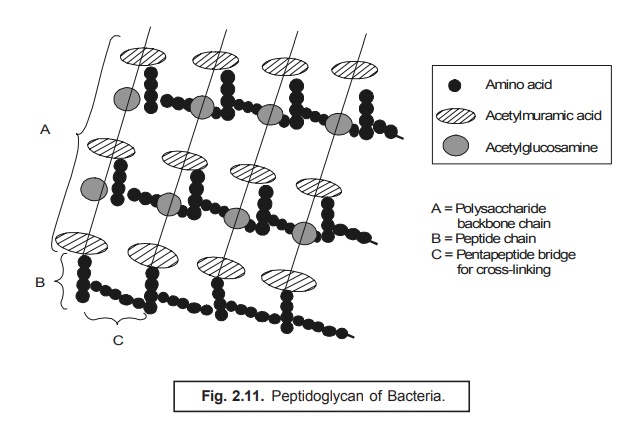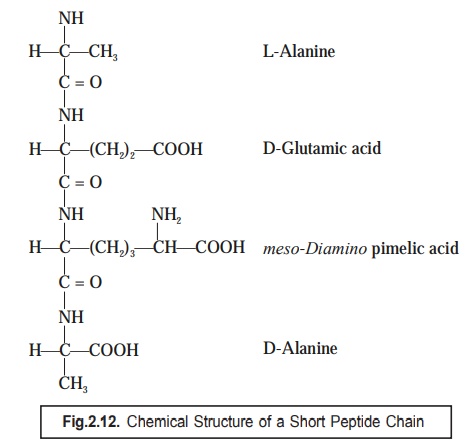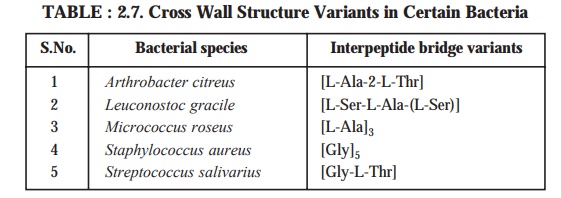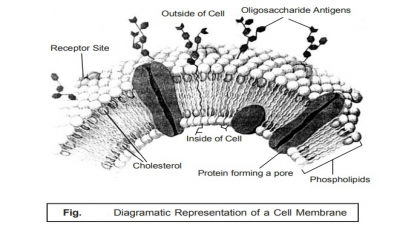Cell Envelope
| Home | | Pharmaceutical Microbiology | | Pharmaceutical Microbiology |Chapter: Pharmaceutical Microbiology : Structure and Function of Bacterial Cells
Extensive morphological investigations have adequately revealed that the cell envelope of the Gram-positive bacteria is much more simpler with regard to the structure in comparison to that of the Gram-negative bacteria.
Cell Envelope
Extensive morphological investigations have adequately revealed that the cell envelope of the Gram-positive bacteria is much more simpler with regard to the structure in comparison to that of the Gram-negative bacteria.
For Gram-positive Bacteria : In this instance the cell envelope contains chiefly the peptidoglycan and the teichoic acids.
Interestingly, the peptidoglycan represents a substituted carbohydrate polymer found exclusively in the prokaryotic microorganisms.
It essentially comprises of two major chemical entities namely :
(a) Two acetylated aminosugars e.g., n-acetyl glucosamine ; and n-acetylmuramic acid ; and
(b) Amino acids e.g., D-glutamic acid ; D- and L-alanine ;
In fact, the long peptide chains containing the two amino sugars that essentially constitute the ‘glycan strands’ comprise of alternating units of n-acetyl glucosamine and n-acetyl muramic acid in β-1, 4-linkage ; besides, each strand predominently contains disaccharide residues ranging from 10 to 65 units as shown in Fig. 2.11.

Nevertheless, the short peptide chains consisting four amino acids are found to be strategically linked to the corresponding muramic acid residues ; and invariably the most commonly encountered sequence being L-alanine, D-glutamic acid, meso-diamino pimelic acid, and D-alanine, as depicted in Fig. 2.12.

Salient Features : The various important and noteworthy salient features with regard to the formation of peptide chains are as enumerated under :
(1) The 3rd amino acid i.e., meso-diamino pimelic acid (Fig. 2.12) has been observed to vary with different organisms (bacteria) by any one of the three such amino acids as : lysine, diamino pimelic acid, or threonine.
(2) Besides, the adjacent peptide chains occurring in a peptidoglycan could be duly cross-linked by short peptide chains essentially comprising of a varying number of amino acids.
(3) An important characteristic feature viz., the variations in the structure of the peptidoglycan constituents usually take place ; and, therefore, it has been exploited and utilized judiciously as a wonderful taxonomic tool.
(4) The exact number of amino acids that eventually form the cross link prevailing between the two n-acetyl muramic acid residue i.e., the interpeptide bridge variation, may also vary from 2 to 5, as given in Table 2.7, depending upon the various species of microorganisms. Varia-tions in the n-acetyl muramic acid are also known and these alterations ultimately do affect the compactness of the peptidoglycan to an appreciable degree.

Related Topics

